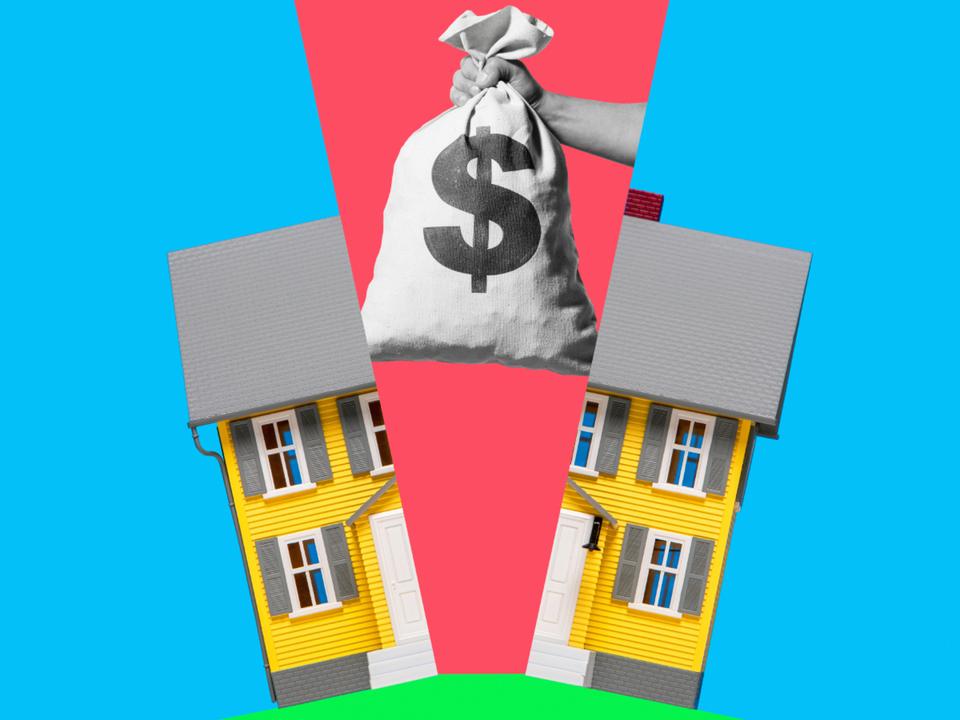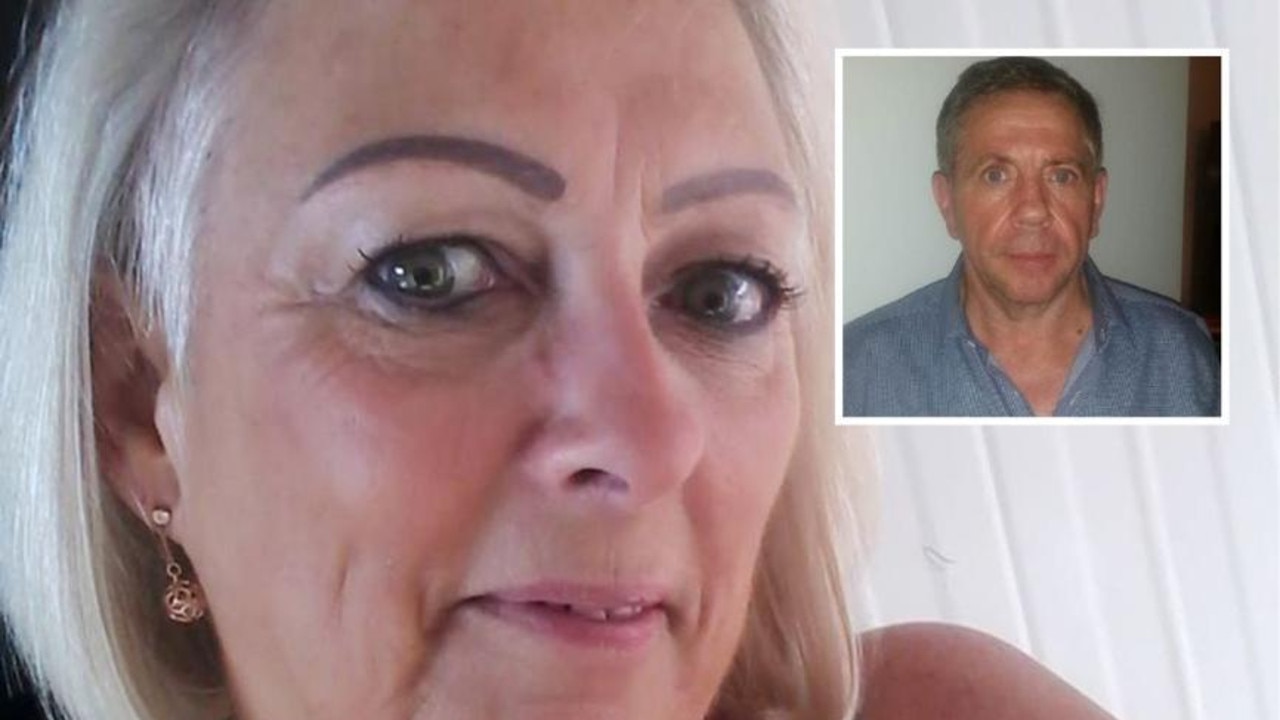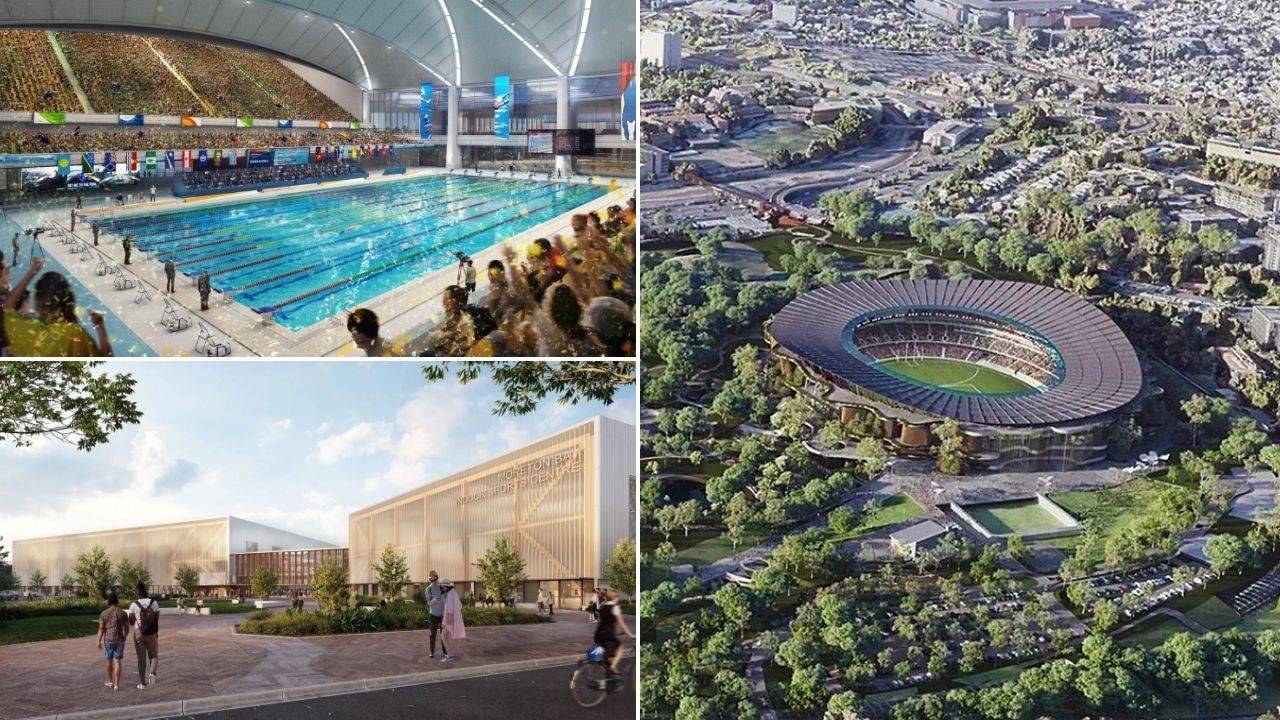Parts of 18 Brisbane suburbs could get five-level heights under city review
Parts of 18 Brisbane suburbs could have height limits increased to five levels and lots could shrink to just 300 sqm under a review aimed at boosting housing supply. SEE THE LIST
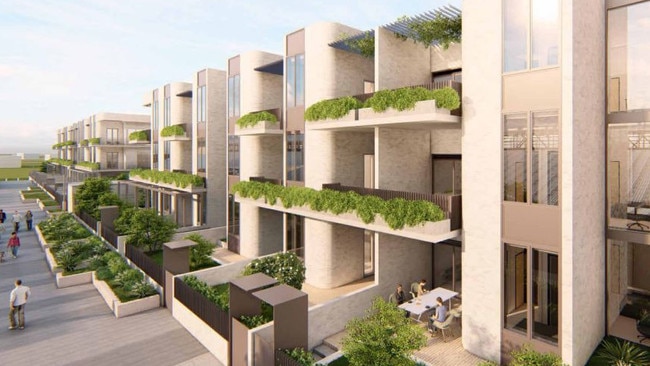
QLD News
Don't miss out on the headlines from QLD News. Followed categories will be added to My News.
Parts of about 18 Brisbane suburbs could go from two to three levels to as much as five levels and lots could shrink to 300sq m under a review aimed at boosting housing supply by 6000 new dwellings in the next five years.
The low-to-medium residential (LMR) density zone covered 14 per cent of the city.
It currently included suburbs such as: Bald Hills; Bracken Ridge; Bulimba; Clayfield; Everton Park; Fitzgibbon; Forest Lake; Gordon Park; Indooroopilly; Kalinga; Morningside; Mount Gravatt; Nundah; Oxley; Seven Hills; Taringa; Toowong; Wynnum.
Currently, LMR zoning allowed only two to three levels and a 400sq m minimum lot size.
Lord Mayor Adrian Schrinner announced the review on Wednesday, saying consultation would start soon with the aim of implementing the changes in less than a year.
Last year Demographia ranked Brisbane as the 13th least affordable city in the world, something Mr Schrinner said was mainly due to lack of supply.
New dwelling approvals in the city’s LMR zones had plunged to just 445 two years ago, Mr Schrinner said.
“We want people to keep coming here but there’s no point if it’s not affordable,’’ Mr Schrinner told a Property Council lunch on Wednesday.
While the process was in early days, Mr Schrinner said the review could look at slashing red tape, higher height limits, changes to minimum parking requirements and smaller lot sizes.
The changes would be in locations near infrastructure such as shopping centres, bus and train stations and main roads.
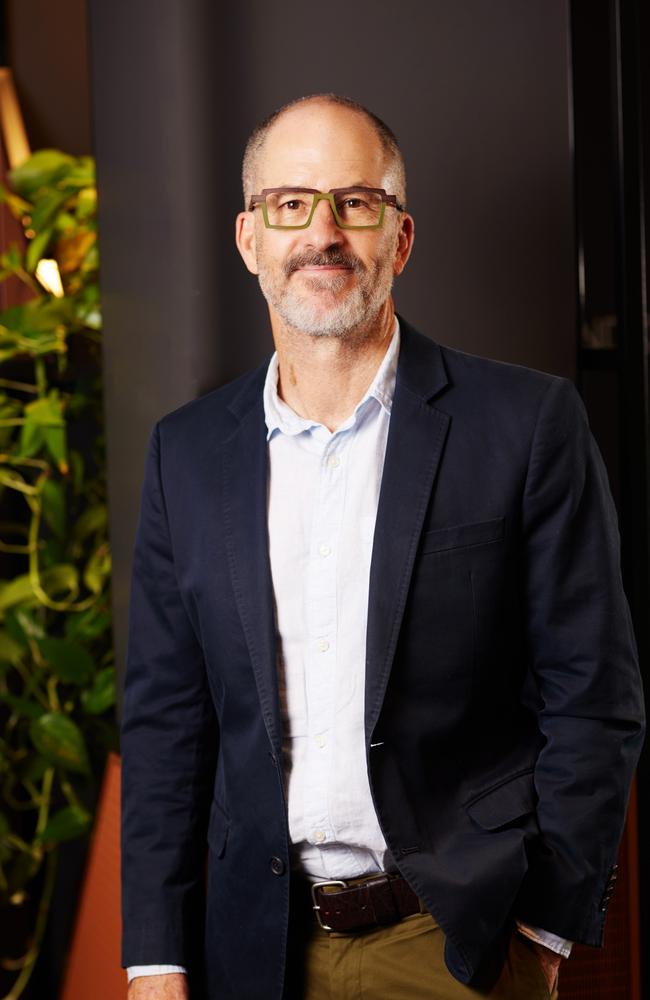
Urban design and planning company Therefor Group welcomed the announcement, saying thoughtful design could deliver the “right outcome’’ while boosting supply of new homes.
Therefor director of planning, Amy Marsden, said Queenslander homes and traditional character areas in suburbs such as Paddington and Auchenflower were unlikely to be affected.
“I would say they are very safe. It’s great council is prepared to look at this because the LMR zone is not working as hard as it should,’’ she said.
“At the moment the minimum lot size is 400sq m but that could go lower to 300sq m — there might be terrace homes or dual occupancy (shared walls).
“But growth has to go hand-in-hand with public parks, schools, hospitals and the road network.
“Council is also keen on sustainable development and ensuring an appropriate climate response.’’
Brisbane is required under the state government’s SEQ Regional Plan to deliver about 60 per cent of required new housing through infill development.
Mr Schrinner said increasing supply was the only realistic answer, saying ideas such as limits on AirBnBs and taxes on vacant properties, developers and landlords were simplistic and could do more harm than good.
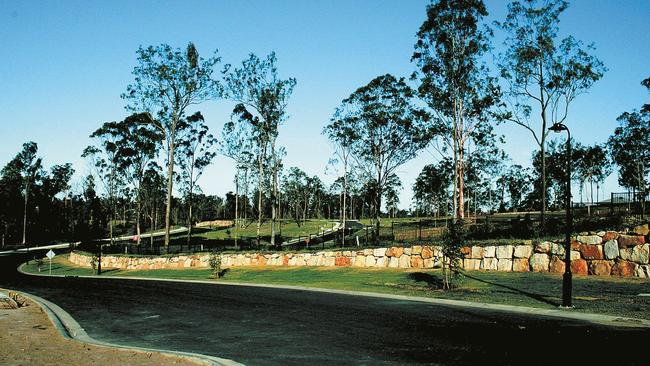
Property Developer Network’s Rob Flux said the announcement was good news for small developers, who were responsible for the lion’s share of residential projects.
“What most people don’t realise is 80-90 per cent of new small developments in most council areas in the country are (made) by small developers including mums and dads,’’ he said.
But Labor Opposition Leader in Council, Jared Cassidy, said the housing shortage was a problem of the LNP administration’s own making, after it banned new townhouse development in low density zones in 2020.
Master Builders Queensland’s Paul Bidwell said while they welcomed the review, there was insufficient capacity in the construction sector to build the required homes for Brisbane’s population, which had added 73,000 people in 2023-2024 alone.
He said builders were telling them that they simply could not find enough qualified workers.
Capacity was lagging far behind approvals, so boosting supply was just one half of the problem.
The Real Estate Institute of Queensland said there appeared to be a new-found willingness among the public that higher density was necessary.
Planning Minister Jarrod Bleijie meanwhile announced 1631 lots had been approved for the Greater Flagstone Priority Development Area in Logan City’s west, enough to house 4500 people.
Approval had been given for essential local infrastructure including a future state primary school, retail precincts and green spaces.
The green light had also been given to 782 new homes in Indooroopilly and Milton.
More Coverage
Originally published as Parts of 18 Brisbane suburbs could get five-level heights under city review


